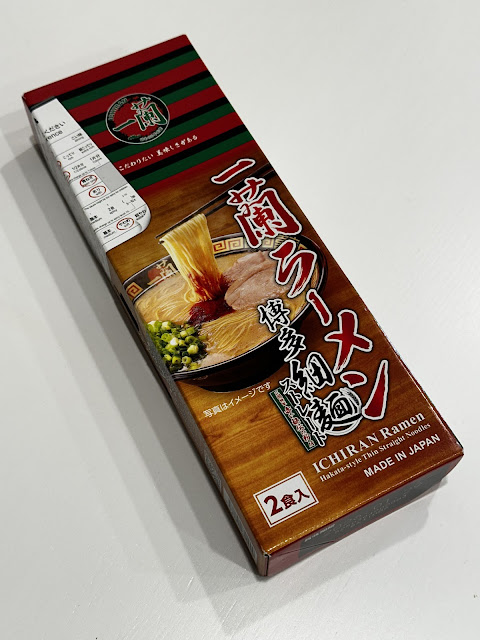Meiji Shrine is an important national shrine that receives over three million visitors for Hatsumode, the first shrine visit at New Year’s. This is more than any other shrine in Japan.
Hatsumōde (初詣, hatsumōde) is the first Shinto shrine visit of the Japanese New Year. Many visit on the first, second, or third day of the year as most are off work on those days. Generally, wishes for the new year are made, new omamori (charms or amulets) are bought, and the old ones are returned to the shrine so they can be burned. There are often long lines at major shrines throughout Japan.
It is dedicated to the deified spirits of Emperor Meiji and his wife, the ruling couple that presided over the modernization of Japan from the feudal era in the 19th century. Construction began in 1915 and the building of the shrine was a national project, mobilizing youth groups and other civic associations from throughout Japan. The main shrine building burned down in World War II but was rebuilt by 1958.
 |
| Great Torii at Meiji Shrine |
A massive wooden torii gate marks the main entrance to the shrine from Harajuku Station and a large path takes visitors through thick, tranquil forest to the shrine proper.
 |
| Path through the forest. |
 |
| Saki Barrel wall. |
There is a large wall of sake barrels along the path indicating which companies are making offerings here. This is a big photo spot for many visitors as the barrels are quite colorful. Remember you are in a wild forest here in the middle of Tokyo (see this post on
Tokyo Gardens for more info). Meiji Shrine is located in a planned forest with over 120,000 trees of 365 species from all over Japan. The area of the forest and shrine covers an area of 70 hectares (170 acres). The forest is now a natural biome that also hosts a diversity of animal life.
 |
| A stone rail in the forest. |
 |
| Outer Shrine |
If you are interested in Shinto rituals at the shrine,
check out this link.
 |
| Purification station. |
 |
| Main Shrine Grounds. |
 |
| Ema plaque wall with the wishes of visitors on them for the kami to see. |
Many students come here to pray for success on their exams as the shrine as also known to help academic success and physical safety.
 |
| Main Shrine Building behind some barricades. |
 |
| A shimenawa rope hung between two trees to define a sacred space or act as a protective barrier. |
Next Experience
Back to Tokyo Intro - 55 Cool Sights and Experiences for Visitors
Follow me on Twitter a
@Tostzilla or my
feedburner.
More cup noodle / instant ramen reviews and Japanese pop culture.






















Comments
Post a Comment